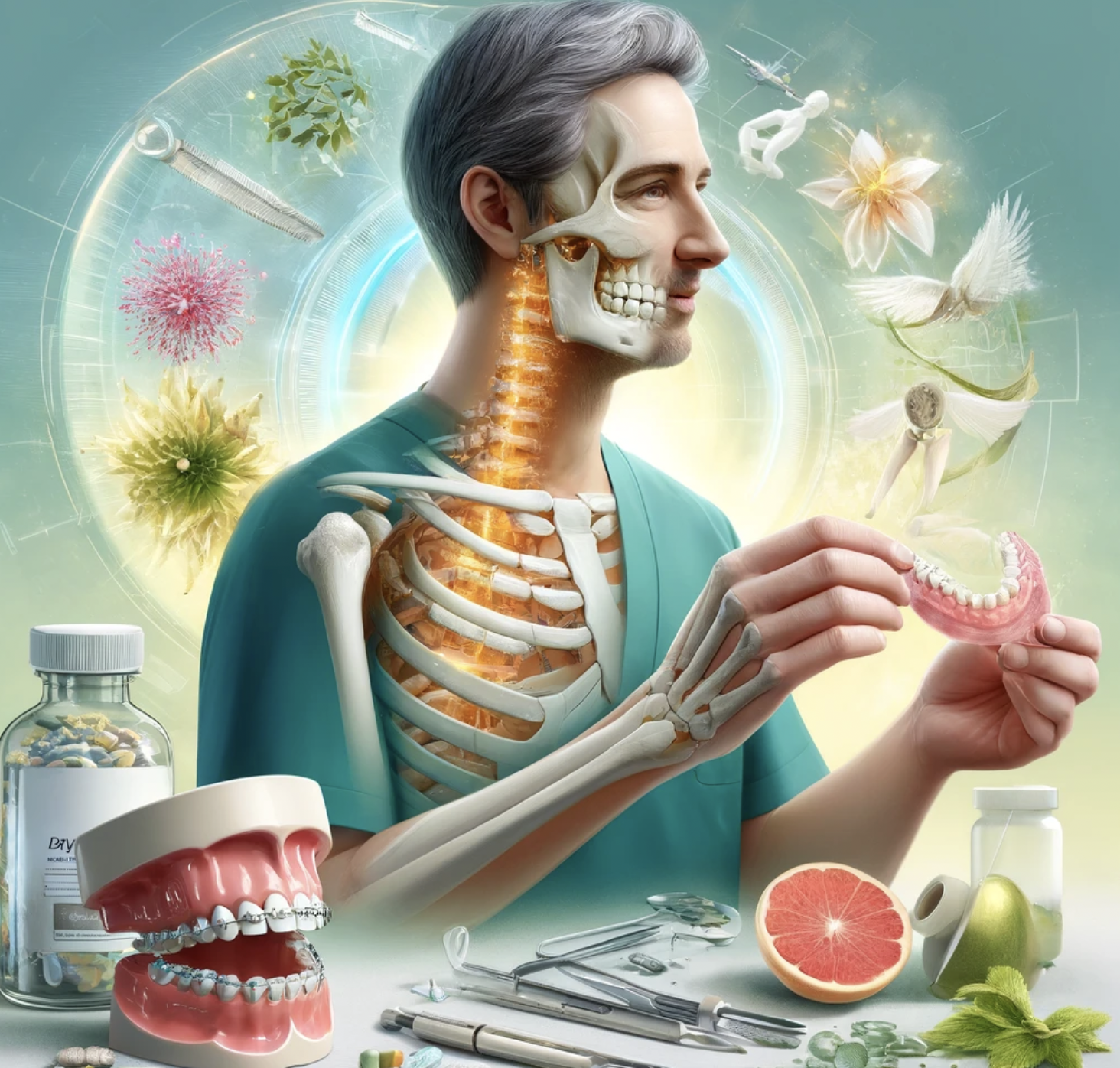Orthodontic treatment, such as the use of fixed braces, is not only about aligning teeth but also involves the process of bone regeneration around them. This process is essential to ensure that repositioned teeth remain stable in their new positions. However, in adults and the elderly, bone regeneration tends to be slower compared to younger individuals. This is due to the decline in the balance between new bone formation and bone resorption with age.
A study led by Dr. Ananto Ali Alhasyimi, a lecturer in Orthodontics at the Faculty of Dentistry, Universitas Gadjah Mada, provides an intriguing solution to this issue. In a scientific journal published in 2024 titled “Effects of Honey Administration on Transforming Growth Factor Beta-1 Levels During Orthodontic Tooth Movement in Young and Older Rats”, researchers found that honey can help accelerate bone regeneration in adults and elderly individuals undergoing orthodontic treatment.
In this study, the research team used young and old rats to compare bone regeneration effects during orthodontic treatment. They focused on the role of Transforming Growth Factor Beta-1 (TGF-β1), a crucial protein that supports new bone formation. The rats that received honey showed significantly higher TGF-β1 levels compared to those that did not. This effect was more pronounced in older rats, which typically have lower TGF-β1 levels.
Why does honey aid in bone regeneration? Honey, especially from the Apis dorsata species, contains flavonoids that act as natural antioxidants. These antioxidants help reduce oxidative stress, repair bone cell damage, and enhance the activity of bone-forming cells (osteoblasts). This mechanism supports faster bone regeneration, even in older individuals.
The benefits of honey are not limited to bone regeneration. Another study published in The Saudi Dental Journal by Al-Dany A. Atwa et al., titled “Effect of Honey in Preventing Gingivitis and Dental Caries in Patients Undergoing Orthodontic Treatment”, demonstrated that honey has effective antibacterial properties against plaque-causing bacteria such as Streptococcus mutans and Porphyromonas gingivalis. The study found that honey helps maintain a safe plaque pH, preventing dental caries and gingivitis during orthodontic treatment.
This research highlights honey as a natural and safe solution to enhance orthodontic treatment success in adult and elderly patients. Beyond accelerating bone regeneration, honey also reduces the risk of complications during treatment. Additionally, its antibacterial properties contribute to oral hygiene. These findings position honey as a natural remedy that not only supports bone regeneration but also improves overall oral health.
For the general public, this discovery underscores the immense potential of natural ingredients like honey in promoting health. Besides being delicious, honey can be a vital component in dental and bone care, particularly for those undergoing orthodontic treatment at an older age. The combination of modern technology and natural solutions such as honey offers an innovative approach to enhancing quality of life. This aligns with the Sustainable Development Goals (SDGs), specifically Goal 3: Good Health and Well-being and Goal 9: Industry, Innovation, and Infrastructure.
Integrating honey into orthodontic treatment presents a promising path for improving treatment outcomes, particularly for older individuals. As we continue to explore the benefits of natural resources, it becomes increasingly clear that they can complement modern medical practices, leading to more effective and holistic healthcare solutions.
Authors: drg. I Putu Arya Ramadhan, Al Haqi Insan Pratama



